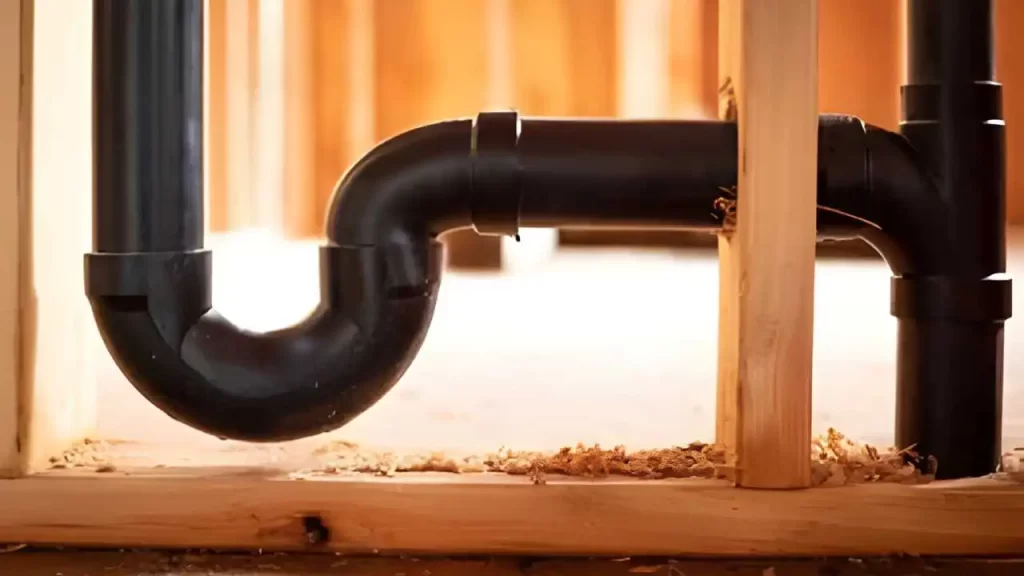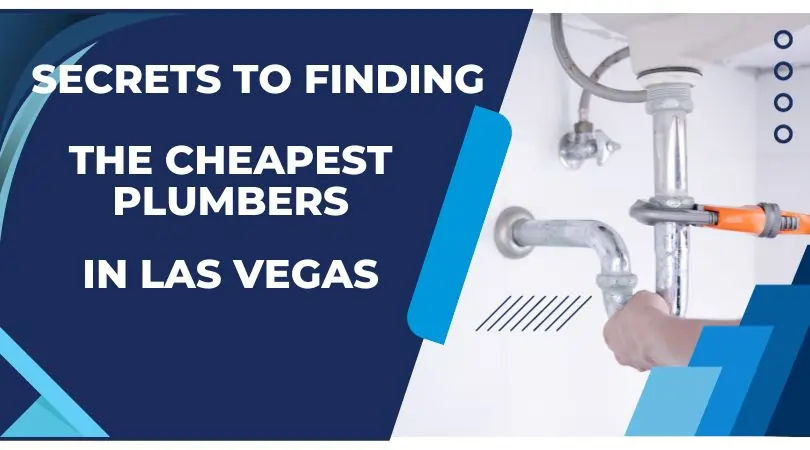What is the Role of P-Traps in Your Plumbing System

Your home’s plumbing is a hidden network of pipes and parts, and one of the most important components is the black deep p trap. Found under your sinks, showers, and even washing machines, these curved pipes are crucial for keeping your home smelling fresh. Let’s dive into what P-traps are, how they work, and what to do when things go wrong.
What is a P-Trap?
Peek beneath your kitchen sink, and you’ll spot a curved PVC pipe – that’s your black P-trap. It gets its name from its shape, resembling a sideways ‘P.’ This trap connects your drain to the larger wastewater system in your home. P-traps are also your accidental jewelry rescuers! Drop something down the drain, and it’ll likely end up in the black P-trap’s curve, making retrieval easier.
How Does a P-Trap Work?
P-traps are your home’s secret weapon against nasty sewer gases. Here’s how they work:
- The Water Barrier: Every time you use the sink, water flows through the P-trap. When you turn the water off, some water remains in the curved bottom portion. This water forms a barrier, blocking sewer gases from escaping into your home.
- Clog Fighter: Imagine your P-trap as a food catcher. Bits of food and debris often settle in the curve, preventing them from clogging your main drain lines. This makes clearing clogs (usually within the P-trap itself) much easier than dealing with a clogged pipe deep within your walls.
Why P-Traps Matter. And What Happens When They’re Dry.
A dry black P trap is a smelly problem. Here’s why you need that water barrier and how to keep it full:
- Evaporation is the Enemy: P-traps rely on water. If you leave a sink unused for too long (think guest bathroom), the water evaporates, opening a pathway for sewer smells. This is more common in dry climates or during winter.
- Vent Problems: The vent stack on your roof is your plumbing’s breathing apparatus. A blocked vent can create pressure issues that suck water out of your P-traps, creating a smelly situation.
Simple Solutions for P-Traps
- The Weekly Water Trick: Run a little water down seldom-used drains once a week to keep P-traps wet. This also helps flush out any stagnant water.
- Check Your Vents: Leaves, debris, or even animal nests can clog that roof vent. A vent cover can stop these problems. If you suspect a vent clog, call a plumber.
- Out with the ‘S’, in with the ‘P’: Older homes may have S-traps. These are prone to siphoning – sucking themselves dry and letting in sewer gas. Replace S-traps with black P-traps for better protection.
Need a Plumbing Pro?
Clogged drains, persistent sewer smells, or a plumbing mystery? Air Squad LV is here to help. Our licensed plumbers handle everything from drain repairs and black P-trap replacements to fixing those stubborn plumbing problems!






 ICONIER Digital Agency
ICONIER Digital Agency